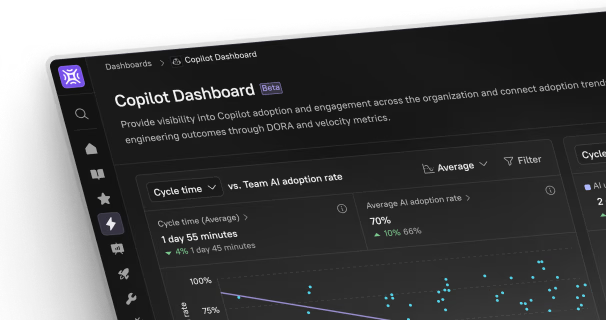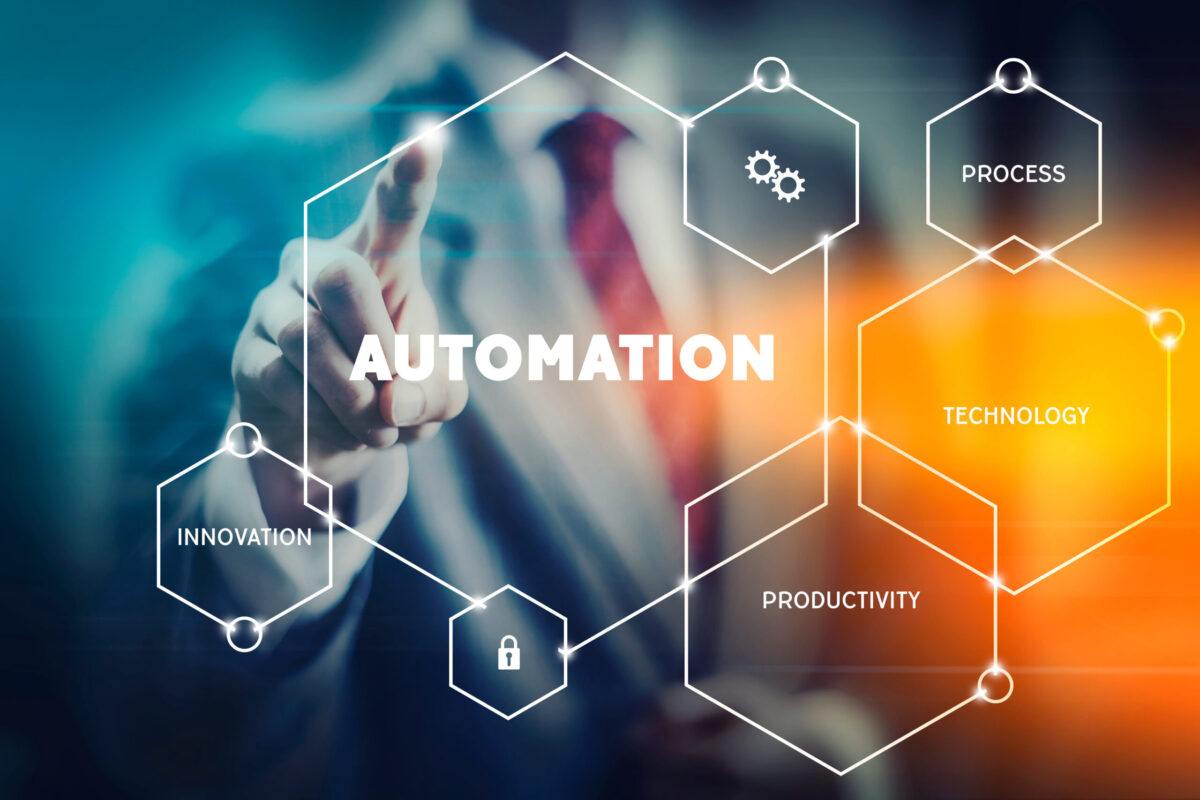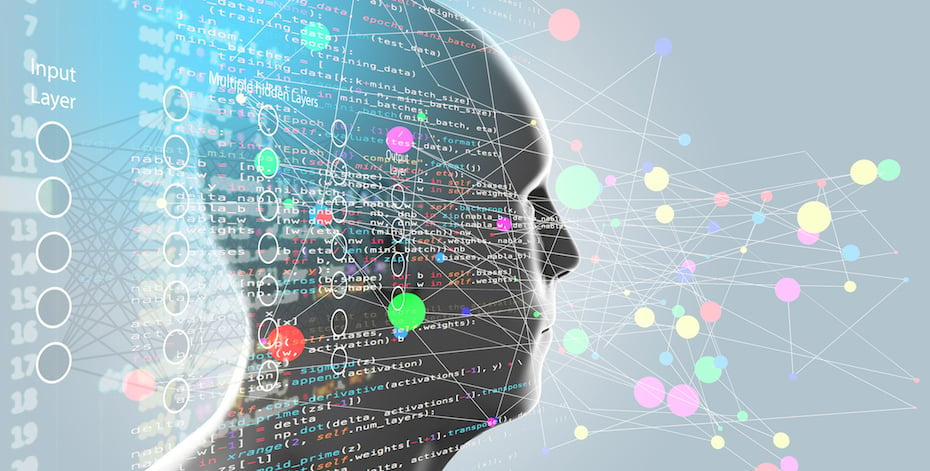Meta Description
Discover how a Human Resources Management System (HRMS) can streamline your HR processes, improve efficiency, and support business growth. Learn more with SingleClic.
Introduction
Managing human resources effectively is crucial for any organization’s success. A Human Resources Management System (HRMS) simplifies HR tasks, enhances productivity, and ensures compliance with regulations. In this article, we’ll explore the key components, types, and functions of HRMS and how it can transform your business operations.
What is the Human Resource Management System?
A Human Resources Management System (HRMS) is a software solution designed to automate and manage HR processes within an organization. It helps in handling employee data, payroll, recruitment, performance management, and more, providing a centralized platform for HR activities.
Key Features of HRMS:
- Employee Information Management: Centralizes employee records for easy access.
- Payroll and Benefits Administration: Automates salary calculations, tax deductions, and benefits management.
- Recruitment and Onboarding: Streamlines hiring processes from job posting to onboarding.
- Performance Management: Tracks employee performance, goals, and appraisals.
- Compliance Management: Ensures adherence to legal and regulatory requirements.
What are the 5 Types of HRIS Systems?
Human Resource Information Systems (HRIS) come in various types, each serving specific HR needs:
- Operational HRIS: Focuses on managing employee data, attendance, and payroll.
- Tactical HRIS: Assists in recruitment, training, and performance management.
- Strategic HRIS: Supports strategic decision-making through data analytics and workforce planning.
- Comprehensive HRIS: Offers a complete suite covering all HR functions.
- Limited-Function HRIS: Designed for specific HR tasks like payroll or benefits management.
What are the Five Major Components of a Human Resource Management System?
A robust HRMS typically consists of the following components:
- Employee Database: Central repository for storing employee information.
- Time and Attendance Management: Tracks working hours, leaves, and absences.
- Payroll System: Manages salary processing, deductions, and tax calculations.
- Talent Management: Handles recruitment, onboarding, training, and development.
- Analytics and Reporting: Provides insights into HR metrics and workforce trends.
What are the 5 Basic Functions of Human Resource Management?
The core functions of human resource management include:
- Recruitment and Staffing: Attracting, selecting, and onboarding new employees.
- Employee Relations: Managing workplace relationships to foster a positive environment.
- Compensation and Benefits: Designing competitive salary structures and benefits packages.
- Training and Development: Enhancing employee skills through continuous learning.
- Compliance and Legal: Ensuring adherence to labor laws and organizational policies.
What are the Four Business Processes Used to Understand ERP Systems?
Enterprise Resource Planning (ERP) systems integrate various business processes, including HRMS. The four key processes are:
- Procure-to-Pay: Manages procurement and payment workflows.
- Order-to-Cash: Oversees customer orders, billing, and revenue collection.
- Hire-to-Retire: Covers the entire employee lifecycle from recruitment to retirement.
- Record-to-Report: Handles financial data management and reporting.
Conclusion
Implementing a Human Resources Management System can revolutionize how your organization handles HR functions. It enhances efficiency, reduces errors, and provides valuable insights for strategic decision-making.
Ready to transform your HR processes? Visit SingleClic or contact us at:
- 📞 Phone: +2 010 259 99225 / +971 42 475421 / +966 58 1106563
- 📧 Email: Info@singleclic.com
Take the first step towards smarter HR management today!









